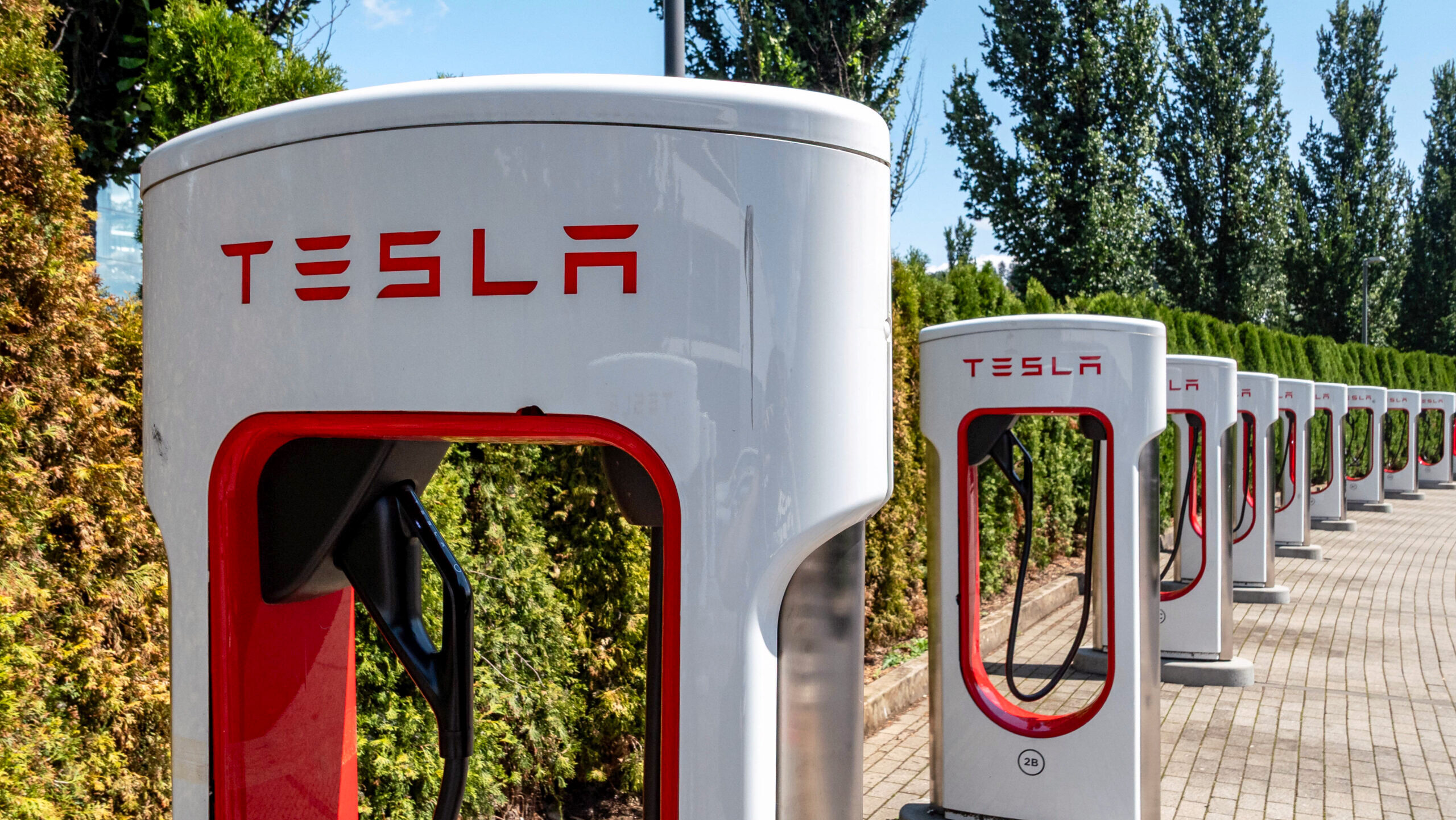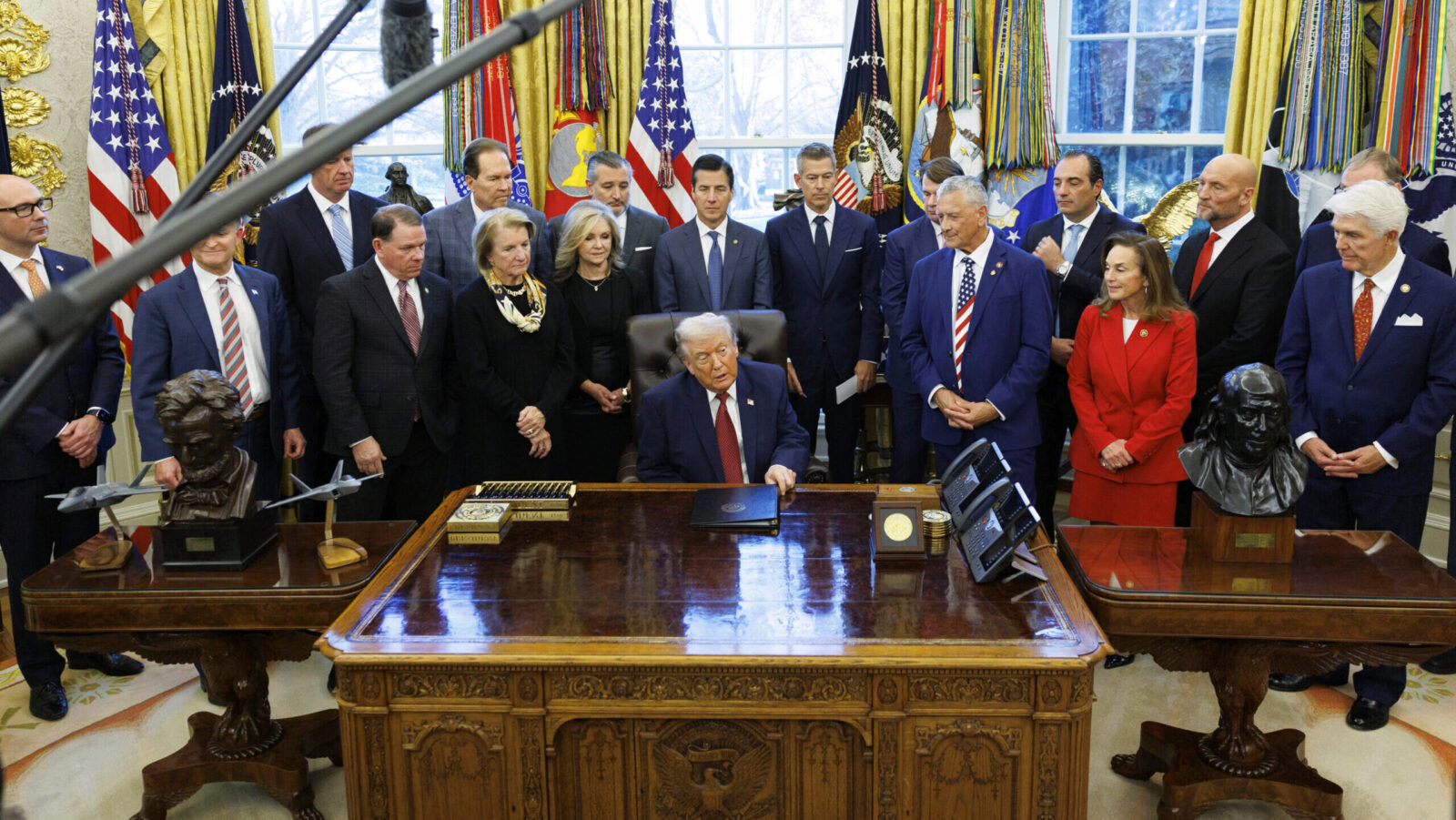Crowded by EV Rivals, Tesla Preps For Critical Earnings Report
For what feels like the third or fourth time in a row, Tesla is gearing up for what may be the most important earnings call in its history.

Sign up for smart news, insights, and analysis on the biggest financial stories of the day.
For what feels like the third or fourth time in a row now, Tesla is gearing up for what may be the most important earnings call in its history.
The electric vehicle maker reports after the bell today, holding its first call with analysts and investors at the dawn of a new era that finds the company squeezed between increased competition and a high-stakes feud involving its enigmatic CEO and the US federal government. At stake are billions in lucrative tax credits. Buckle up, things could get pretty bumpy.
Credit Score
After something of a shareholder mutiny earlier this year sparked by his divided attention while serving as an aide to President Trump, Elon Musk has seemingly quelled the critics. Now, Tesla must confront its myriad headwinds. First and foremost: The regulatory credits Tesla sells to combustion-engine carmakers to offset their tailpipe emissions. Selling the credits has been big business for Tesla, generating more than $10 billion in revenue since 2019 and accounting for a substantial portion of its free cash flow in 2024. Recent legislation, however, eliminates the hefty fines that traditional automakers face for failing to reach emissions standards, thus reducing the demand for Tesla’s carbon credits.
Tesla’s credit sales already dipped in the first quarter, generating revenue of just $595 million compared with $692 million in the final quarter of 2024. Analysts at William Blair and Co. recently projected that revenue in the category might fall by 75% next year, and be virtually eliminated by 2027. Analysts at Piper Sandler, meanwhile, are slightly more bullish, recently projecting that “Tesla will still book around $3B in credits this year, followed by $2.3B in 2026.” Many legacy automakers have long-term contracts for carbon credits from Tesla.
Still, those same legacy automakers are suddenly catching up to Tesla in the EV realm:
- While Tesla remains the EV king in the US, its sales are shrinking just as rivals’ are growing. The Automotive News Data Center estimates that Tesla sold 125,000 EVs in the US in the second quarter, down almost 17% year-over-year (Tesla doesn’t break down its delivery figures by region). GM, meanwhile, reports that it sold 46,280 EVs in the second quarter and 78,167 EVs so far this year, representing a 111% increase from 2024.
- That puts GM’s domestic EV market share at around 13%, while most estimates peg Tesla’s once-dominant US market share at just 43% now. “GM is quietly building trust while Elon burns it,” Paul Waatti, director of industry analysis for AutoPacific, recently told USA Today.
Bleep Bloop: Still, Tesla has a sky-high forward price-to-earnings ratio for a reason. Thus far, at least, Musk has been able to sell investors on a future of self-driving cars and robotics. A robotaxi pilot program launched in Austin, Texas, earlier this summer. “Outside of guidance, the market will likely be focusing on the robotaxi business, which had to navigate a slew of weather problems,” David Wagner, head of equity and portfolio manager at Aptus Capital Advisors, told The Daily Upside. “The company has a ‘hopes and dreams’ multiple, so anything focusing on [autonomous vehicles], robotics and the other innovative products should be the focal point.”











